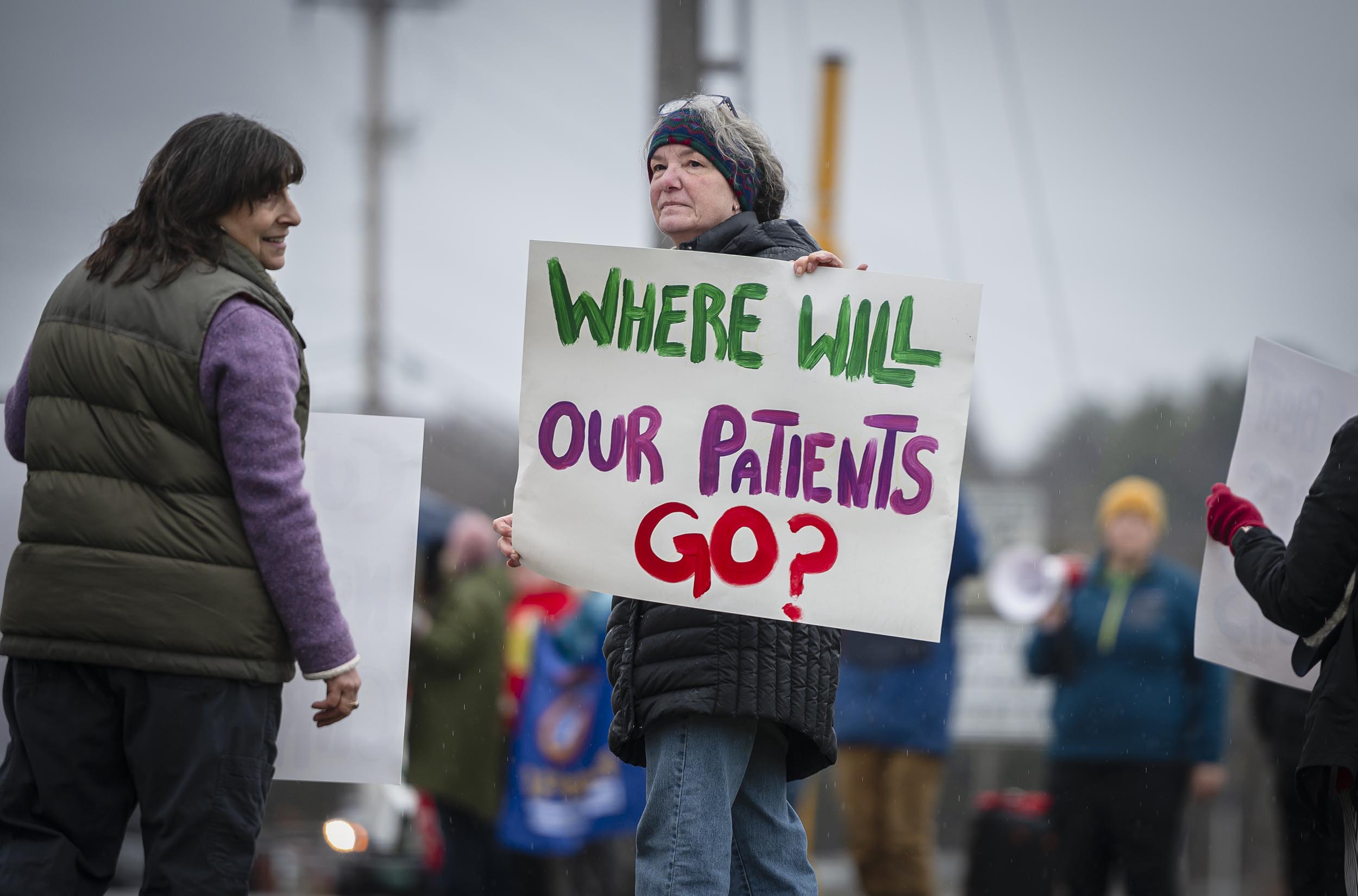Health Care Showdown: Lawmakers Grill Industry Chiefs on Runaway Costs

Vermont's Healthcare Crossroads: A $200 Million Challenge to Control Insurance Costs
Vermont's healthcare system is facing a critical test: can it trim $200 million in expenses to prevent significant health insurance premium hikes? The stakes are high, and the clock is ticking.
Healthcare leaders and policymakers are now scrambling to identify innovative cost-cutting strategies that won't compromise patient care. This ambitious goal requires a delicate balance of efficiency, strategic planning, and collaborative problem-solving across the state's medical infrastructure.
The potential consequences of failing to meet this target are stark. Without substantial savings, Vermont residents could face steep increases in their health insurance premiums, placing additional financial strain on families and businesses already grappling with economic uncertainties.
Experts are exploring multiple approaches, including streamlining administrative processes, negotiating better rates with healthcare providers, and implementing more preventative care models. Each potential solution represents a piece of a complex puzzle that could determine the financial health of Vermont's healthcare system.
As the deadline approaches, all eyes are on state healthcare administrators and their ability to transform this challenging goal from a daunting prospect into a achievable reality. The next few months will be crucial in determining whether Vermont can successfully navigate this critical healthcare cost challenge.
